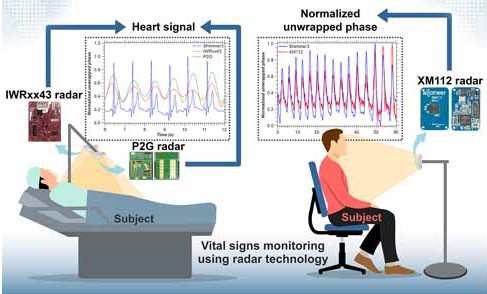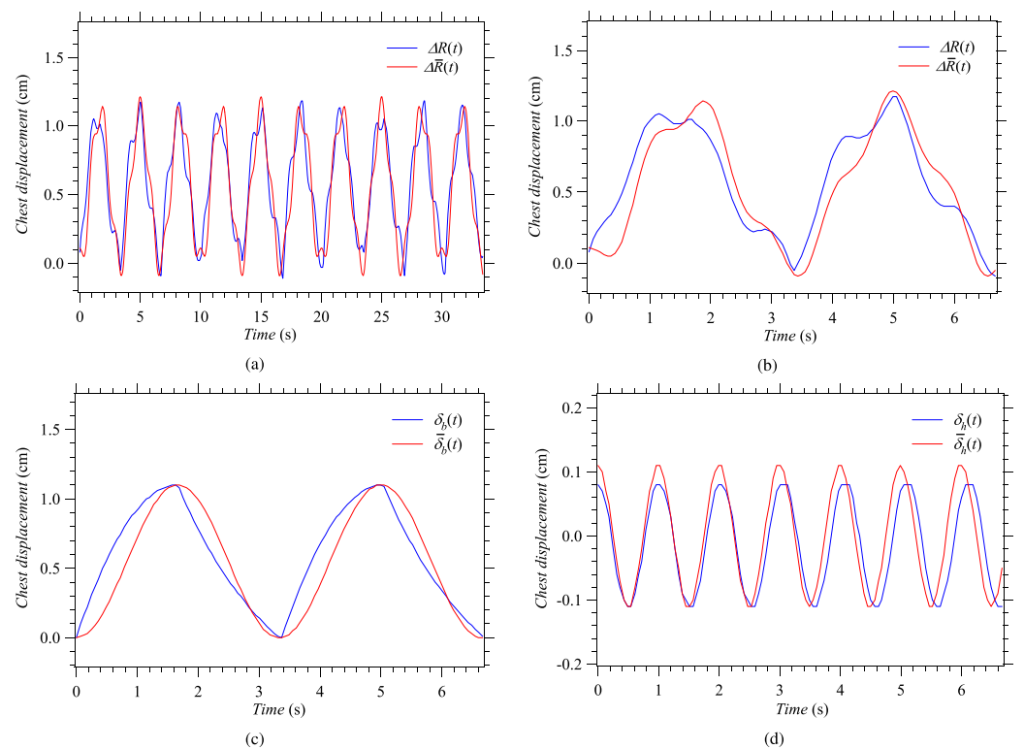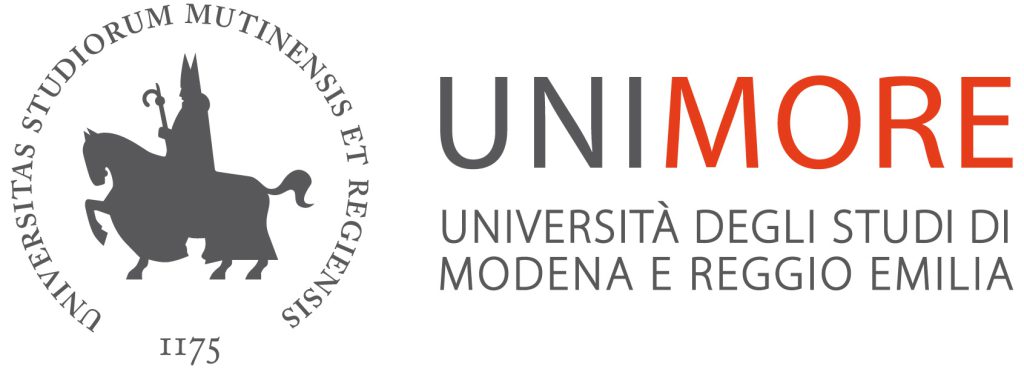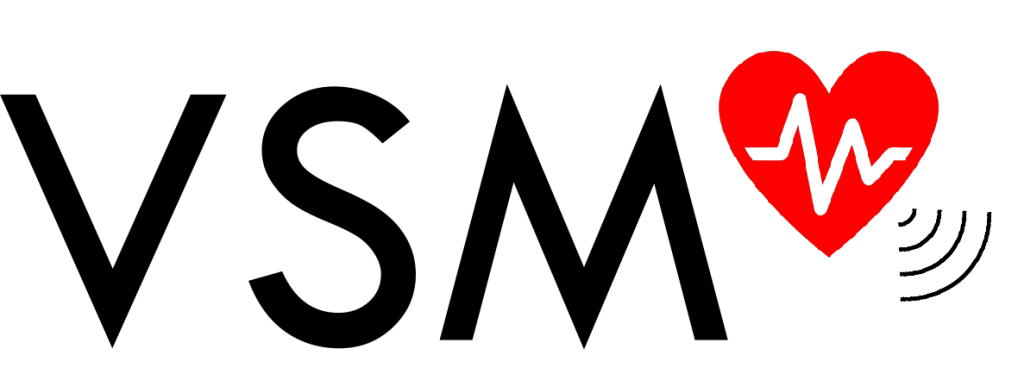
Monitoring human vital signs, such heart and respiration rates, represents a routine practice to detect patient deterioration. Changes in vital signs can reveal the existence of serious medical problems; for this reason, early identification of these changes can improve survival rates in several conditions. Vital Signs Monitoring (VSM) is often accomplished by means of wearable health devices; this is due to the fact that these devices enable continuous monitoring during daily activities. However, in various situations, such as in the case of infected patients or of patients suffering from mental illness or affected by severe burns or injuries, the use of wearable sensors is not possible or recommended. In such cases, the use of non-contact monitoring devices, such as radar systems, can help healthcare professionals by providing critical information about patient state. The application of radar devices to this field and, in particular, to the estimation of heart and respiration rates has become an active research area in recent years. Actually, the first experimental results in this field date back to 1975, when the use of short-range radar technology was proposed to noninvasively acquire respiratory information by comparing a microwave signal with its echo reflected from the chest of a patient. In the following years, the possibility of employing radar systems for the wireless detection of the physiological movements due to both heartbeat and respiration has been shown. This has motivated the investigation of the use of this technology in a number of medical applications, including adult and neonatal sleep monitoring, disaster medicine (e.g., in the detection of human vital signs under rubbles after earthquakes), and lung cancer radiotherapy.
How does it work?

A radar device is a sensor able, among other things, to precisely measure over time the relative distance between its front-end and one or more targets. In VSM the only target is the patient’s chest. Tracking over time the chest displacement allows to estimate vital signs parameters, such as respiration rate and heart rate (see Fig. 2), of the subject.
Our applicative scenario

We employ Frequency Modulated Continuous Wave (FMCW) radars to contactless estimate vital signs parameters of a subject sitting on a chair or laying on a table (see Fig. 3). In particular, the development of robust and reliable deterministic algorithms for the detection and estimation of vital signs is still an open research problem.
Partners

Open positions
Open positions about this topic, if any, are listed in the Open Positions page.

